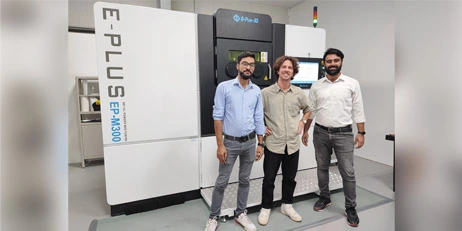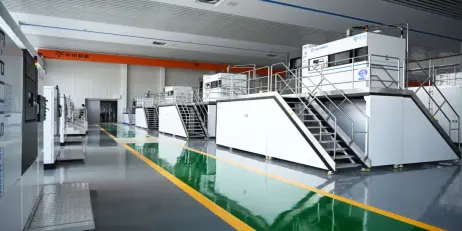The field of dentistry has seen numerous advancements in recent years, but one of the most innovative is the integration of 3D printing technology. From creating custom dental implants to producing precise models of teeth and jaw structures, 3D printing has proven to be a game-changer in the dental industry.
1. What is 3D Printing?
3D printing, also known as additive manufacturing, is a process of creating three-dimensional objects by adding layer upon layer of material until the desired shape is achieved. In the field of dentistry, 3D printing is used to create customized implants, prosthetics, and surgical guides that are precise, accurate, and tailored to each individual patient.
2. Benefits of 3D Printing in Dental Treatment
Customization: 3D printing technology enables dentists to create customized implants, prosthetics, and surgical guides that are designed to fit each patient’s specific needs and anatomy. This level of customization leads to improved outcomes and a better patient experience.
Improved accuracy: 3D printing allows dentists to produce precise models of teeth and jaw structures, which can be used for diagnostic and planning purposes. This improved accuracy leads to more precise surgical procedures and better outcomes.
Reduced treatment time: 3D printing technology enables dentists to produce customized implants and prosthetics quickly and efficiently. This reduces treatment time and allows patients to receive their new teeth or implants in a shorter amount of time.
Cost savings: By reducing the need for multiple appointments and improving the accuracy of treatment planning, 3D printing can help to lower the overall cost of dental treatment.
Minimally invasive surgery: 3D printing is also being used to create surgical guides for dental implant placement. These guides help to ensure that the implant is placed accurately and in the proper position, reducing the risk of complications and the need for additional surgeries.























